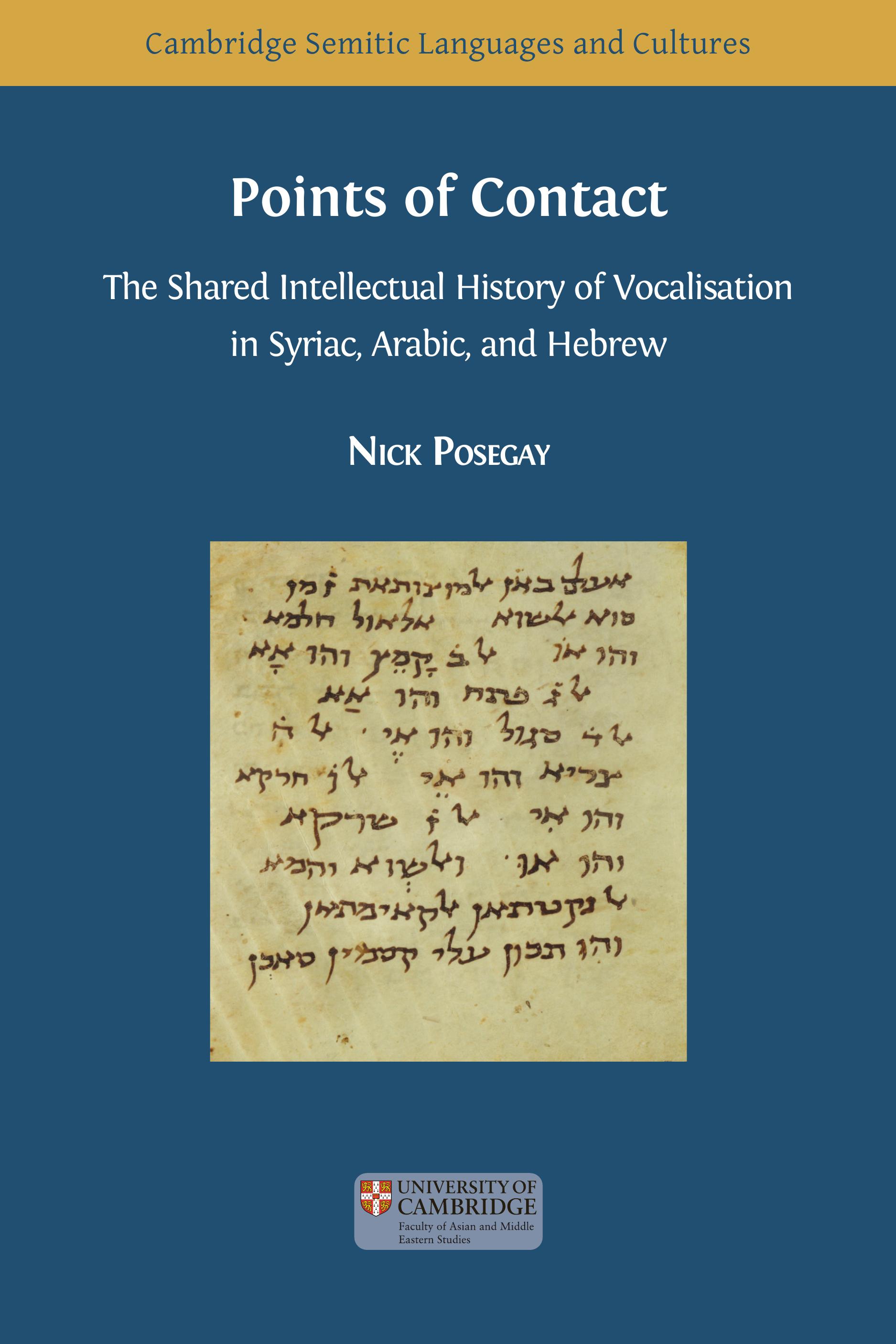An introduction to the series – HotAcademia and migration: Myths and realities explained
Bisserka Gaydarska, Laura Coltofean-Arizancu and Uroš Matić
Migration in the past and present – stereotypes, methods and stories
Daniela Hofmann, Catherine J. Frieman, Astrid Nyland
Migration stereotypes
Stereotype 1: Migration is a recent phenomenon
Stefan Burmeister
Stereotype 2: Migration is mass migration
Stefan Burmeister
Stereotype 3: Migration is a one-way, linear process
Martin Furholt
Stereotype 4: Migrants are a coherent group
Daniela Hofmann
Stereotype 5: Migrants give up their roots when they migrate
Astrid J. Nyland
Stereotype 6: Migrants will eventually assimilate
Daniela Hofmann
Stereotype 7: People don’t want to move
Stefan Burmeister
Stereotype 8: Migrations happen because of crises
Martin Furholt
Stereotype 9: Migrants will displace locals demographically
Tim Kerig
Stereotype 10: Genes determine your ethnicity
Eva Fernandez-Dominguez
Stereotype 11: Mobile women are a modern phenomenon
Samantha S. Reiter and Karin Frei
Stereotype 12: Migrations in the past were violent
Astrid J. Nyland
Studying migration in the past: the methods
Method 1: How to read an arrow on a map
Catherine J. Frieman
Method 2: Where do objects come from?
Catherine J. Frieman
Method 3: How languages spread
Rune Iversen
Method 4: Migration is in your bones!
Steinar Solheim
Method 5: How does ancient DNA work?
Eva Fernandez-Dominguez
Migration narratives
Narrative 1: Travelling by boat in the Stone Age
Knut Andreas Bergsvik
Narrative 2: How farming came to Europe
Daniela Hofmann
Narrative 3: Coping with new surroundings in Neolithic Norway
Almut Schülke
Narrative 4: Horses and wagons: technologies of mobility
Niels N. Johannsen
Narrative 5: Mobile women in the Bronze Age
Samantha S. Reiter and Karin Frei
Narrative 6: On the road – paths and routeways
Catherine J. Frieman
Narrative 7: Warriors on the loose? The Migration Period
Stefan Burmeister
Suggested reading
List of authors










 Stumble It!
Stumble It!
